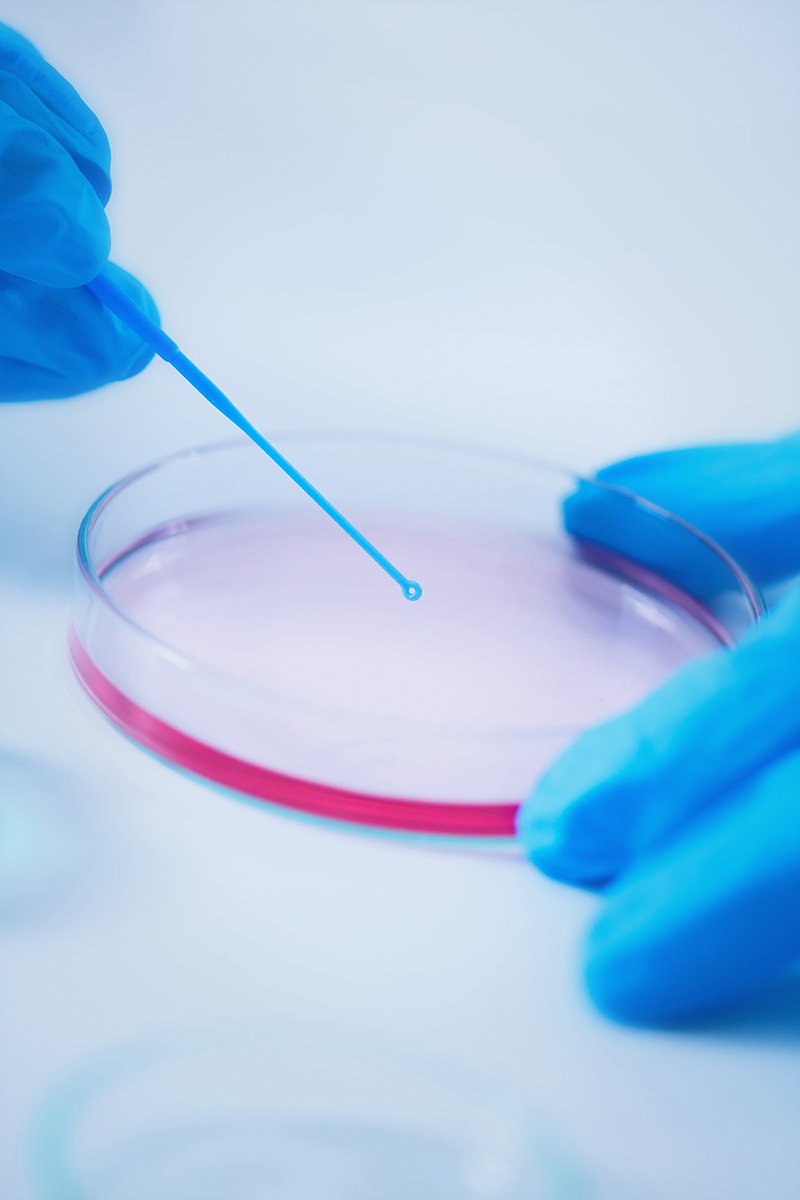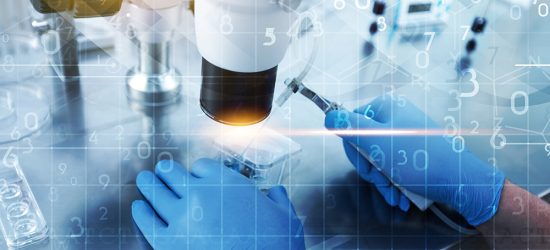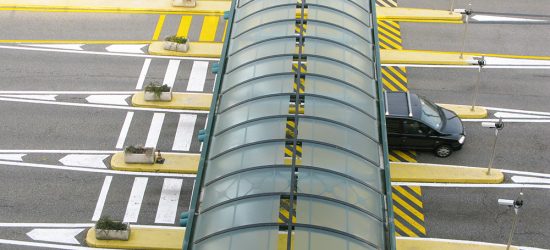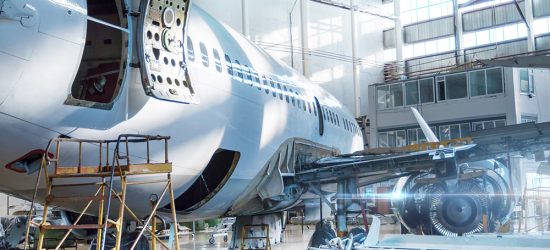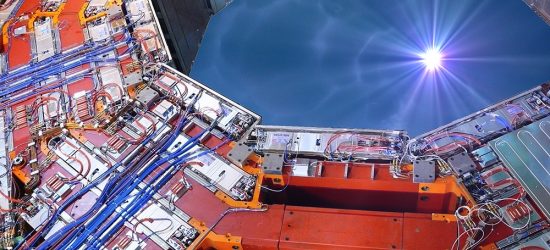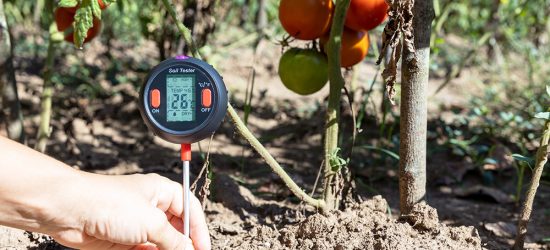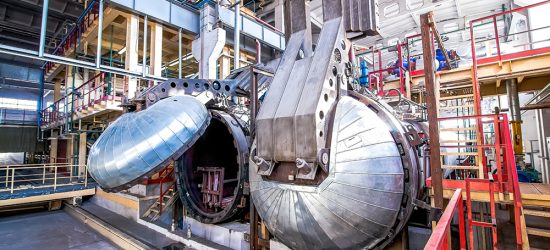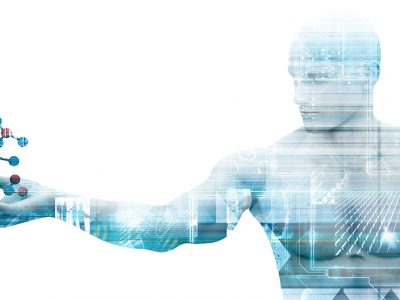The research group of CNOS, since 2000, has been successfully involved in the design, development, experimental validation of optoelectronic and photonics sensing systems for industrial applications, with the aim to innovate monitoring technologies with dedicated efforts devoted to the creation of novel multifunctional sensing systems able to be successfully applied in many strategic scenarios, primarily the transportation.
With specific regards to the railways transportation systems, since 2007, the research group of CNOS has signed an exclusive agreement with Hitachi Rail STS (originally Ansaldo STS, a company of Finmeccanica group) for the development of trackside monitoring systems based on the use of fiber optic sensors to improve safety and security levels of the national and international transportation system.
Within this framework, the group has developed a multifunctional sensing system, currently in the product portfolio of Hitachi Rail STS, able to perform in line and in continuous way: the weighing in motion and the unbalances detection, the wheels impact force measurement, the detection of defected wheels and the defect classification, the axle counting, the train composition, etc.
Several systems have already been installed in different national and international geographical sites, as Abu Dhabi (United Arab Emirates) or Napoli, Roma and Milano subways.
In addition, in the context of other industrial research projects, the CNOS has developed other different fiber optic sensing systems to improve safety and security levels in railways assets as: an intrusion detection system to protect large areas from unauthorized activities in railway scenarios as stations or tunnels (in close collaboration with Hitachi Rail STS), a multifunctional system for the risk mitigation associated with landslides closed to the railway lines (by developing novel fiber optic acoustic sensors, fiber optic seismic sensors, and fiber optic sensors for the measurement of volumetric water content into the soil), and a system for the monitoring of rail tunnels (by developing fiber optic sensors for temperature measurement and GPL detection). The last two system has been developed in close collaboration with RFI (Rete Ferroviaria Italiana) company.
In addition to the projects and results described so far, the CNOS group is still involved in a further research project, in which it is collaborating with other big companies, with the aim of developing innovative sensor platforms for real-time monitoring of vibrations along the railway sections, in order to identify failures that could compromise the safety of the railway infrastructure.



